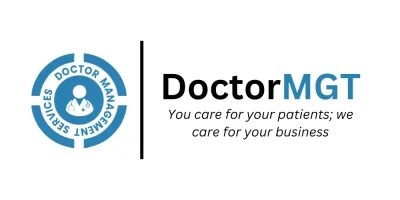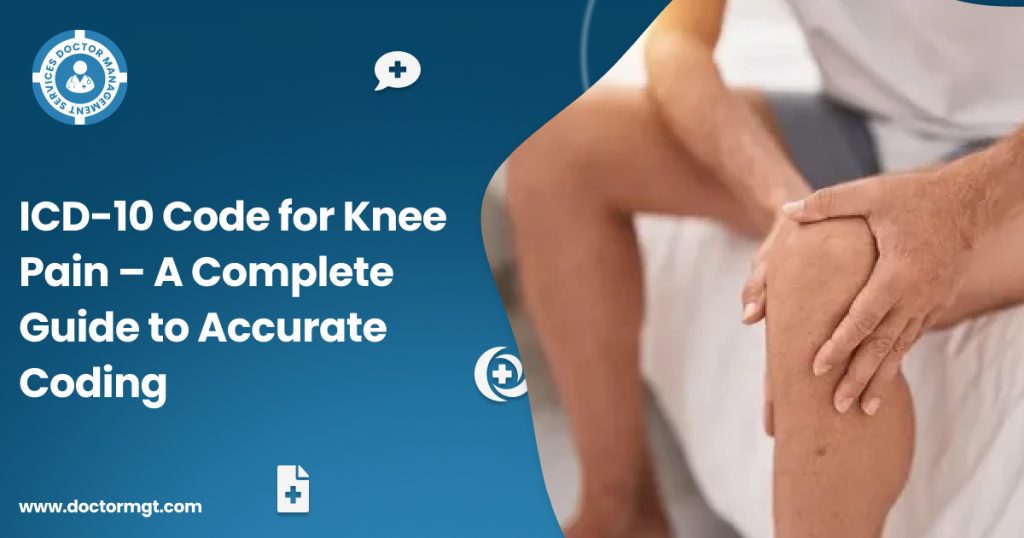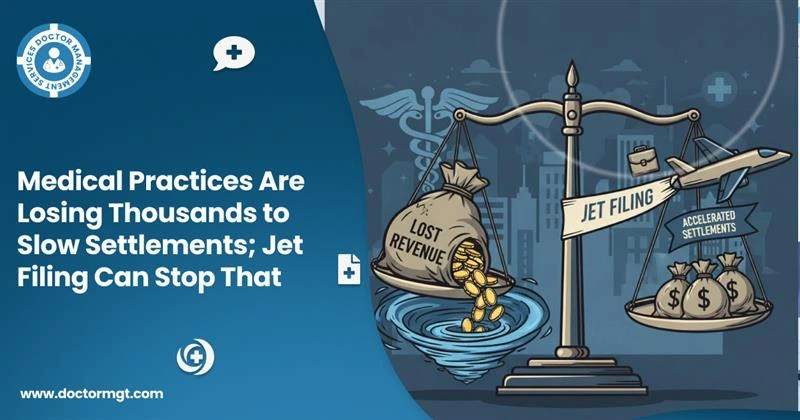Healthcare providers should provide a proper and complete code that contains all the details of the procedures and diagnoses. One such area is the knee; which coders locate as a big issue to document. As knee problems are a common need for patients, they might be searching for doctors in the orthopedic area, and therefore, it is highly important to be able to recognize which the ICD-10-CM system is forking to explain the diagnosis codes of the disease.
This blog aims to help the reader understand ICD-10 coding in a more comprehensive way when it comes to the issue of knee pain. We are going to discuss the basics of ICD-10-CM, the major codes regarding knee pain, factors that influence code selection, and mistakes that must be avoided. This guide is expected to help you code accurately and improve billing practices in orthopedics.
The Basics of ICD-10-CM
The International Classification of Diseases, 10th Revision, Clinical Modification (ICD-10-CM) is the standard system used for documenting diagnoses across healthcare settings. With over 70,000 codes available, it significantly enhances specificity compared to its predecessor, ICD-9.
Each ICD-10 code consists of a combination of letters and numbers, providing details on the patient’s condition. For knee pain, these codes include various descriptors, such as laterality (left vs. right), underlying cause, and the severity of the condition. Accurate coding not only minimizes claim denials but also fosters proper communication between medical providers and payers.
For example, the M25.561 diagnosis code is used to describe pain in the right knee, a specific code that distinguishes conditions based on laterality.
Some Common Codes For Knee Pain

M25.50 – Pain in Unspecified Joint
M25. 50 is an unspecified ICD-10 code used to specify pain in a joint, unspecified. Although there are instances when this is correct, coders are warned not to apply this code if possible. Ambiguous coding can lead to claims being denied or workers comp collections being delayed. Before completing documentation, it is important to obtain adequate clinical information and identify the joint involved (e.g., knee).
They occurred with particular codes such as M25. 561 or M25. 562 (left knee pain) indicates greater accuracy and allows more seamless billing.
Example Usage:
M25. If the documentation specifies “generalized joint pain,” alone code 50 may be used. But by following up with details that are more clinical, would necessitate updating the code to a more specific one.
M17.0 – Bilateral Primary Osteoarthritis of the Knees
Knee osteoarthritis is one of the most common knee maladies, accompanied by pain, which annually causes suffering for millions of people. The ICD-10 code M17.0 denotes bilateral primary osteoarthritis, signifying that degenerative joint disease affects both knees.
The elderly group is especially more susceptible to this disease. Based on the Centers for Disease Control and Prevention (CDC) census, more than 32.5 million adults in the United States suffer from osteoarthritis. Their knees, in particular, are the most affected. When processing orthopedics billing services medical billers need to confirm that the disease affects both sides.
Clinical Scenario:
A 70-year-old patient who has gradually developed knee pain and has X-ray-confirmed osteoarthritis of both knees will be diagnosed by the code M17.0.
M17.11 – Unilateral Primary Osteoarthritis, Right Knee
The ICD-10 code for unilateral OA of the right knee is M17.11. Osteoarthritis of one knee caused by injury, overuse, or wear and tear is a very common phenomenon. The accurate documentation of unilateral vs. bilateral conditions is of major importance to the claims procedures.
Not specifying the side of the body in the coding process leads to the rejected claims. It is always a good idea to check the medical records for clinical clarity to ensure accurate and distinct disease reporting.
Real-Time Tip:
In addition to codes of laterality, such as M17.11 and M17.12 (right and left), provide information about the treatment that has been received, e.g., corticosteroid injection or physiotherapy, to strengthen the coding documentation.
M17.12 – Unilateral Primary Osteoarthritis, Left Knee
Just like M17.11, M17.12 is used to define osteoarthritis located in the left knee. Physicians or coders should verify all other included diagnostic records and check the documentation for laterality.
The choice of codes is very important, especially for operations like the replacement of the knee, because the operative documentation is directly linked to the pathogenesis.
For example, Medicare consistently requests thorough and extensive records before they give permission to proceed with a surgery due to chronic knee osteoarthritis.
S83.5 – Sprain of Cruciate Ligament of the Knee
The knee is a zone of the body where ligament sprains are the most frequent type of injury. The code S83.5 defines this injury, and spraining the cruciate ligament is indeed one of the most common sports injuries.
Commonly, injuries to the cruciate ligaments (e.g., sprains) and the meniscus often occur as a result of rotation or collision in the case of high-intensity activities. Some S83.5 subcategories allow coding by severity and laterality. For example, PCL or ACL can be used to indicate a tear of the anterior or posterior ligament in the right or left knee.
Sprains require detailed documentation:
- How severe is the sprain (Grade I, II, or III)?
- Was imaging performed to confirm the diagnosis?
- Has the patient undergone any rehabilitative treatments yet?
M22.2 – Patellar Instability
Certain knee injuries may relate to the patella (kneecap). M22.2 stands for patellar instability, where the kneecap is only partially out of place or is totally displaced from its normal position by weakness in the soft tissues around the area. The conditions mentioned can also be the result of an injury or an inherited defect.
Use accurate codes like M22.2 for patellar instability, which means that other treatments, like patellar bracing or muscle-strengthening therapy, can be endorsed for the payer. We also advise coding staff to locate clinical notes that elaborate on additional patient risks, such as recurrent dislocations.
Factors Affecting the Selection of Correct Codes
When coding for knee pain, it is necessary to carefully consider a variety of contributing factors:
1. Laterality: Define whether the disease is confined to the right knee, left knee, or both before doing anything else.
2. Underlying Cause: The nature of the injury is also important. For example, pain caused by osteoarthritis, ligament sprains, etc., will describe the choice of codes.
3. Chronicity: Conditions of an acute and a chronic nature get two different code options when coded. Therefore, you are required to record the length of time the episode of pain happened.
4. Specificity within Documentation: Resort to general codes only if specific codes have no substitutes. Please ensure that the medical records include all the necessary details for coding.
Tips for Accurate Coding and Avoiding Mistakes
Here are some tips to ensure you don’t make mistakes when coding for knee pain:
- Match codes with clinical documentation to make sure they are in harmony and don’t contradict each other.
- Keep your ICD-10 knowledge in line with the recent changes by updating it once a year; new codes are frequently being added or revised.
- Rely on software tools, such as an encoder application or coding reference software, to inform yourself with the most current coding techniques.
- Confirm that you follow the guidelines issued by the payer, in particular, those concerning workers’ compensation claims, to ensure that a denial of charges is not the case.
Elevate Your Coding Efficiency
Coding for knee pain, whether it indicates osteoarthritis, ligament injuries, or patellar conditions, requires a blend of practical knowledge and meticulous attention to detail. A provider that is aware of ICD-10 codes like M17.0, M17.12, and S83.5 will be able to provide precise answers, which will lead to unobstructed billing and the patients’ recovery.
One way to crack the overall ICD-10 code system is to learn from available sources and to embrace continuous learning. Your coding accuracy will not only lead to the minimization of rejected claims but also to the provision of the correct medical treatment and the right to receive money.







